10 Sure-Fire Ways To Improve Composition In Your Photos
When I first became interested in photography, I thought the key to a successful composition was learning and applying every rule and theory I could find.
But while learning rules was a good idea, forcing myself to apply them to every composition soon made me feel uninspired and restricted.
I didn’t know then that if I wanted unique photography, I had to stop viewing rules as limitations and instead see them as doors to new levels of creativity. Don’t follow the rules just for the sake of following rules, rather set your photography goals and let the rules help you achieve them.
Here are some elements of composition and some tips and guidelines that I’ve found helpful; suggestions to help fuel your creativity and inspire you to make your own photographic discoveries.
1. Ask, “What’s the Point?”
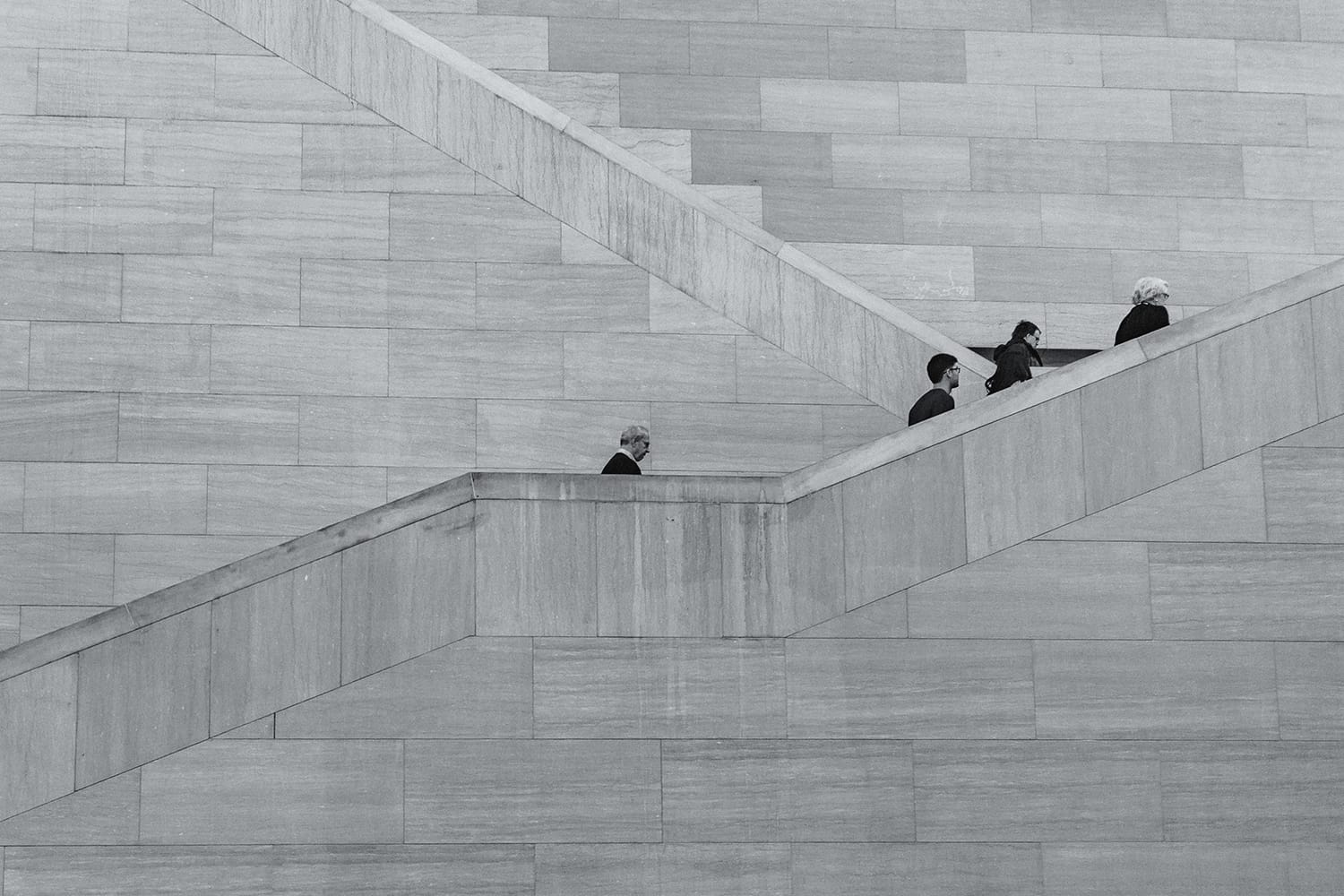
I’ve found that when I can’t get a composition to work, it’s often because there is no point to my picture. I’m either trying to fit too much into the viewfinder or just pointlessly documenting something that hundreds of others have already documented.
That’s when I know it’s time to step back and dig a bit deeper.
The point of your photograph is the message you are trying to convey with it. If you are uncertain of this, your viewers will most definitely be. You want your photos to grab people’s interest, to make them stop and think. Ask yourself, “what is the message that I want this image to show?”
Anyone can take a photograph, but to set yours apart, it must tell a story.
2. Background

It’s nice to keep busy, unless you’re a photograph! Busy backgrounds are distracting. The background should help tell the story, not distract from it.
Remember how things always look busier in photos than they do to the naked eye. Before releasing the shutter, check to ensure there are no unwanted intruders in the picture. Ensure there aren’t any telephone wires or trees in the background trying to grow out of your subject’s head!
Watch out for stray details that add clutter and distract from the story. Sometimes a simple background is the best background. A plain white or single-colored background is a great way to ensure complete focus on the subject.
3. Rule of Thirds
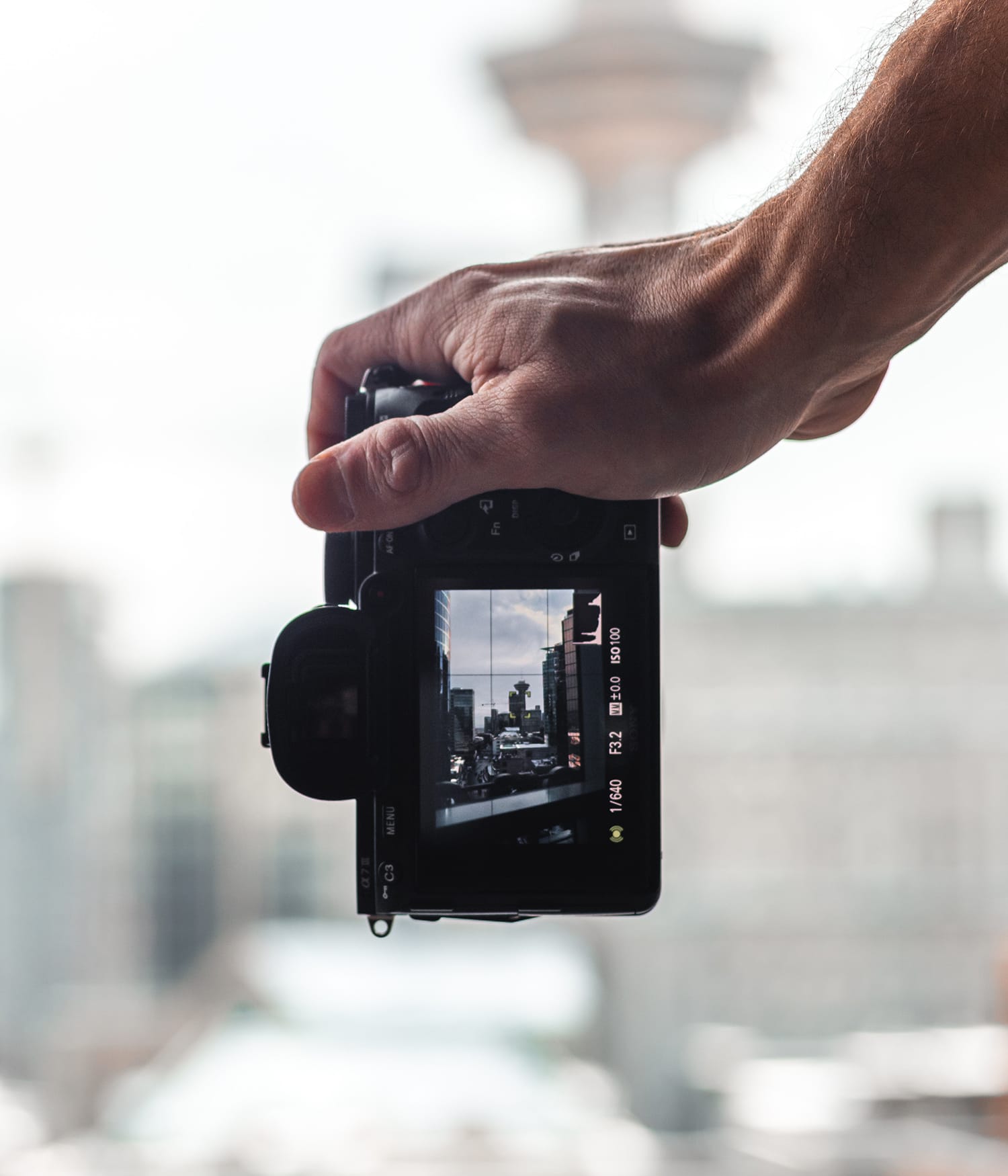
The rule of thirds is a basic composition technique used often in both film and photography. Imagine a grid of two horizontal and two vertical lines over your picture, dividing the image into nine rectangles.
The rule of thirds suggests placing your main focal points along the lines, especially at the points where the lines intersect. This grid can help create a well-balanced image. Occasionally though, you may find that you have a composition that would be better suited by ignoring this rule and using other guidelines instead. That is completely ok.
4. Balance

Make sure your photo is well balanced. Look out for one side being too heavy and making the composition look awkward and disproportionate.
Using techniques like the rule of thirds and placing your main subject off to the side of your photo can make a great composition, but this can leave space on the other side, making your picture look disproportionate.
Filling in with another object or including shadows or reflections can help fill this space and add balance to your photos.
Remember that it’s always ok to break the rules. For example, you can create stunning minimalist images by consciously introducing negative space into your frame and purposely making part of your image heavier or lighter.
5. Patterns & Symmetry
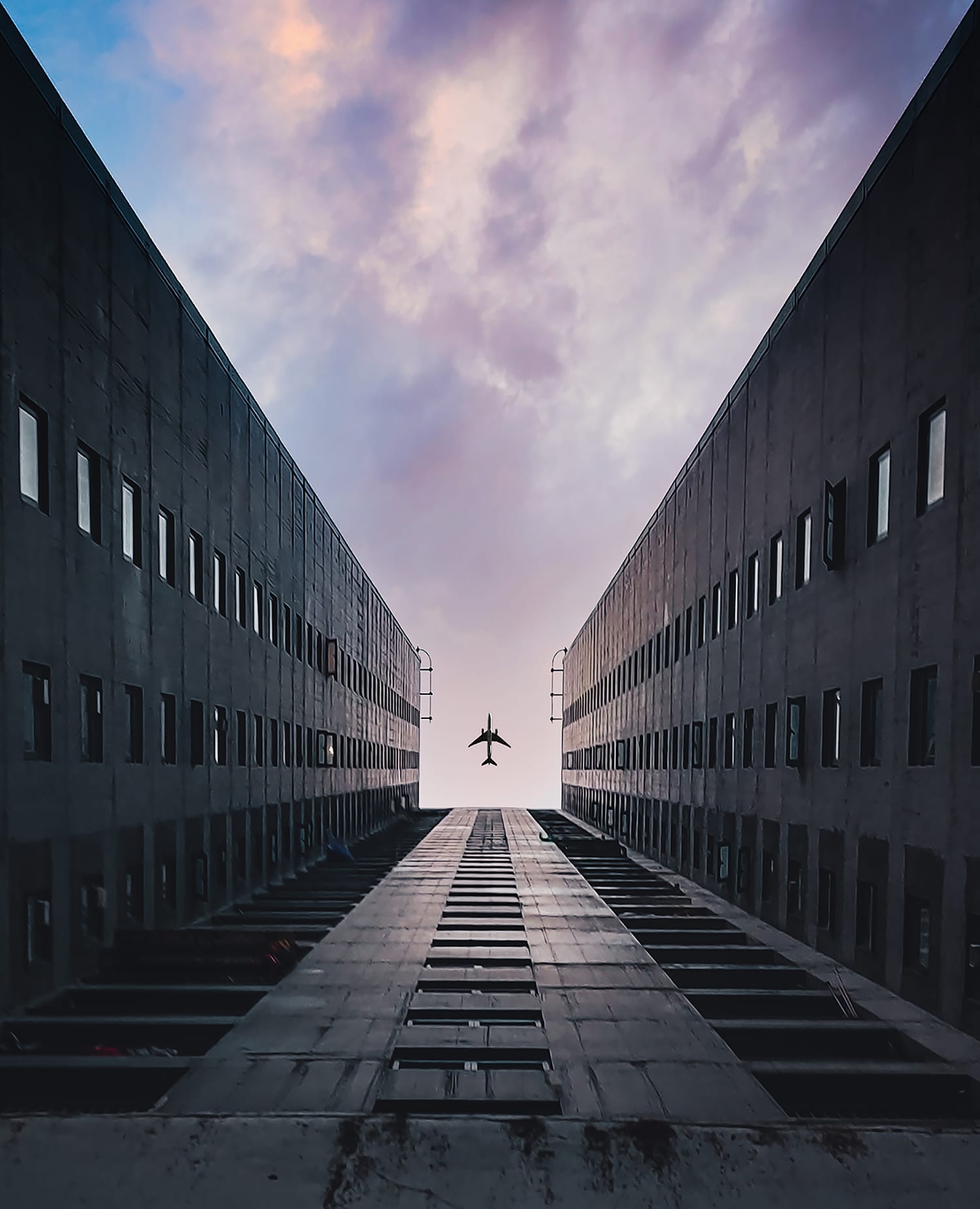
Look for photo opportunities that contain patterns and symmetry. These can make well-balanced and interesting compositions. Another idea is to break a pattern by introducing a different element; a collection of rocks with a bright flower is placed on top. This causes interest and introduces a focal point.
Many human-made patterns can be found in interesting pieces of architecture, places like bridges, and subway stations. Beautiful examples of symmetry can also be found in the natural world, especially in close-ups. Look at the details found in the center of a sunflower, the veins on a leaf, or a butterfly’s wings.
6. Lines

Lines can help draw focus to the subject or take you deep into the photo’s background. You can angle your camera to manipulate the direction of lines, changing the entire feel of a photograph. Vertical and horizontal lines add a sense of structure and stability to pictures, while diagonals add excitement and motion.
Watch out for subtle or unwanted lines. In portraiture, make sure the horizon line doesn’t go directly behind your subject’s head. Watch the horizon with scenic shots too. If the horizon is centered in the middle, it will awkwardly cut the photo in half. Try placing the horizon just above or below the center of your composition.
7. Angles
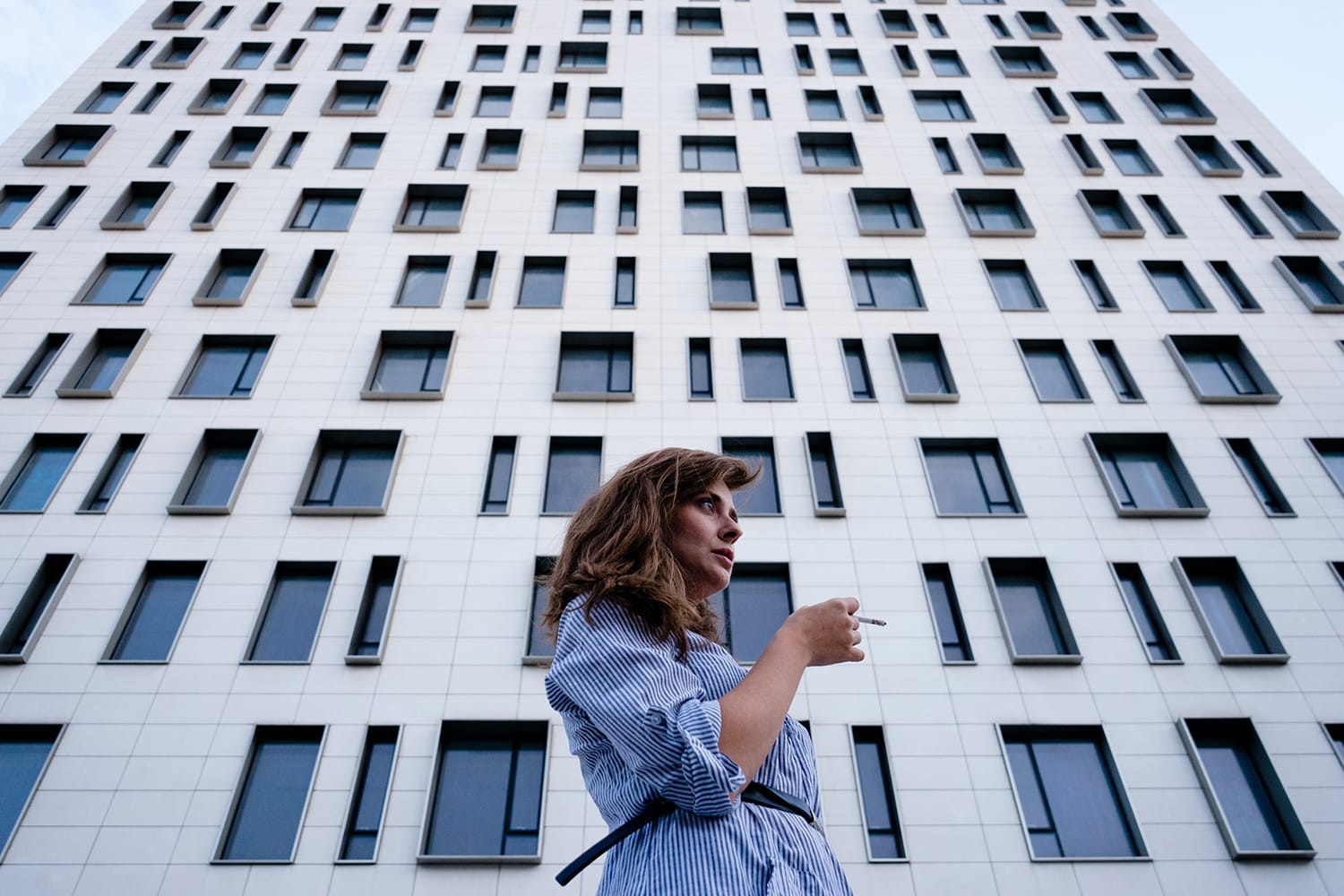
Different angles are a fun way to add new life to ordinary objects. Most photos are taken from the same perspective: eye level, about 5 to 6 feet off the ground.
Mix things up by shooting from down looking up, making objects look daunting and bigger. Or get on a chair and take pictures looking down. Filling your viewfinder with your entire subject can make for some interesting images as well. Try a few different angles – you never know what might work. I will go to great lengths to capture a fresh perspective, sometimes kneeling in mud or crouching in the street- as long as there’s no traffic, of course!
8. Simplify

If it isn’t good enough, it isn’t close enough.
That quote couldn’t be more true, especially when it comes to macro photography and close-ups. Get closer, focus, shoot. And then shoot again. Keep in mind the subject or the main point that you are trying to convey.
Using a wider aperture and a closer focusing distance is one way to blur out a busy background and focus on your subject.
9. Be yourself first, a photographer second
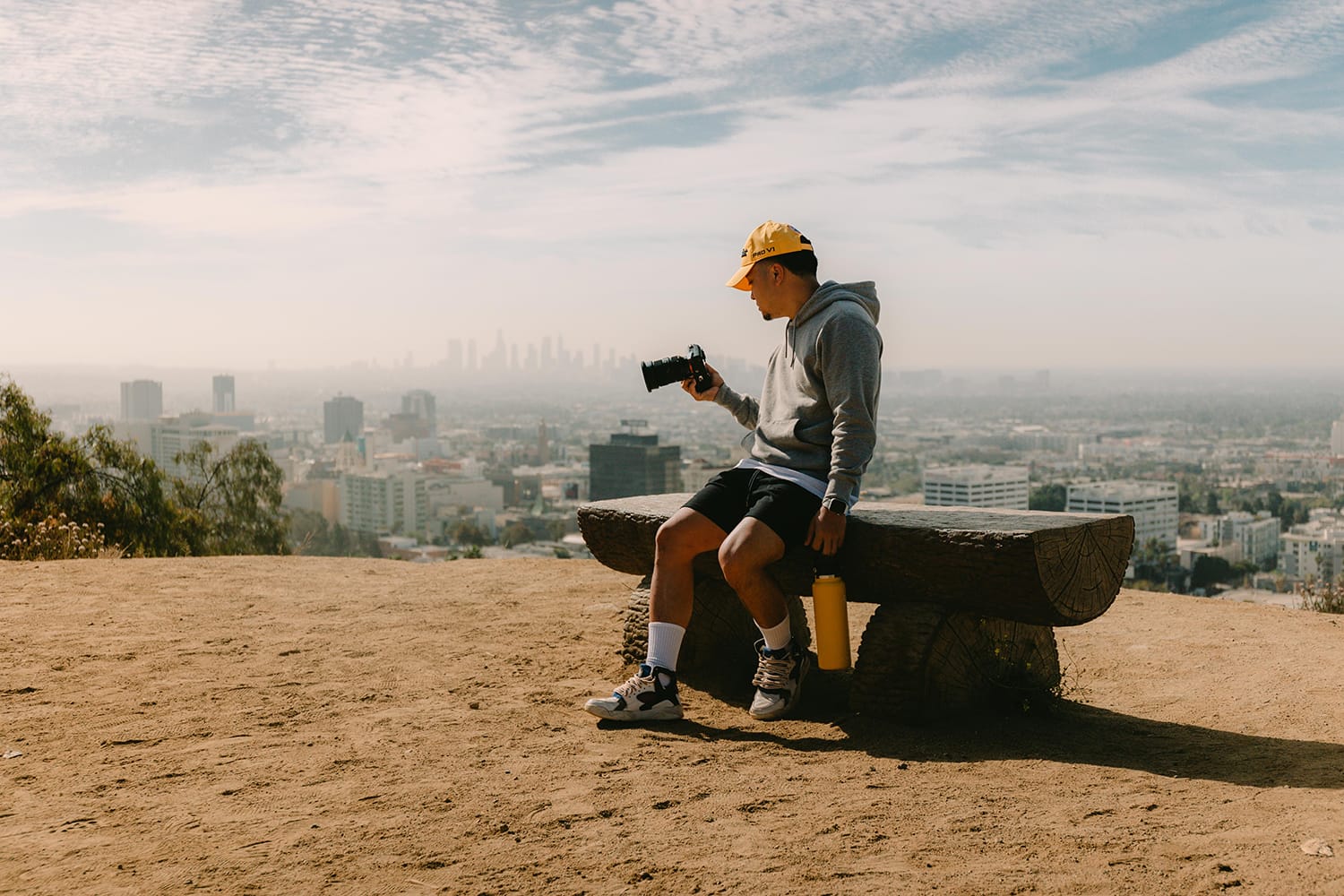
As people, we often subconsciously box ourselves into just one part of our identity, but in reality, there is much more to us than that. Don’t think of yourself as just a photographer. What other things do you find interesting? What makes you unique?
Who you are shows through into your work and ultimately is what makes your photographs special and unique. Applying your whole identity to your photography is like adding your signature touch; it gives your photography depth and originality.
10. And Finally… Know the Rules

You should know the rules, when to use them and when to break them. Rules are there for your advantage, not to frustrate you! Following the rules takes skill, but knowing when to break them takes practice, creativity, and dedication to the end result.
